08:15
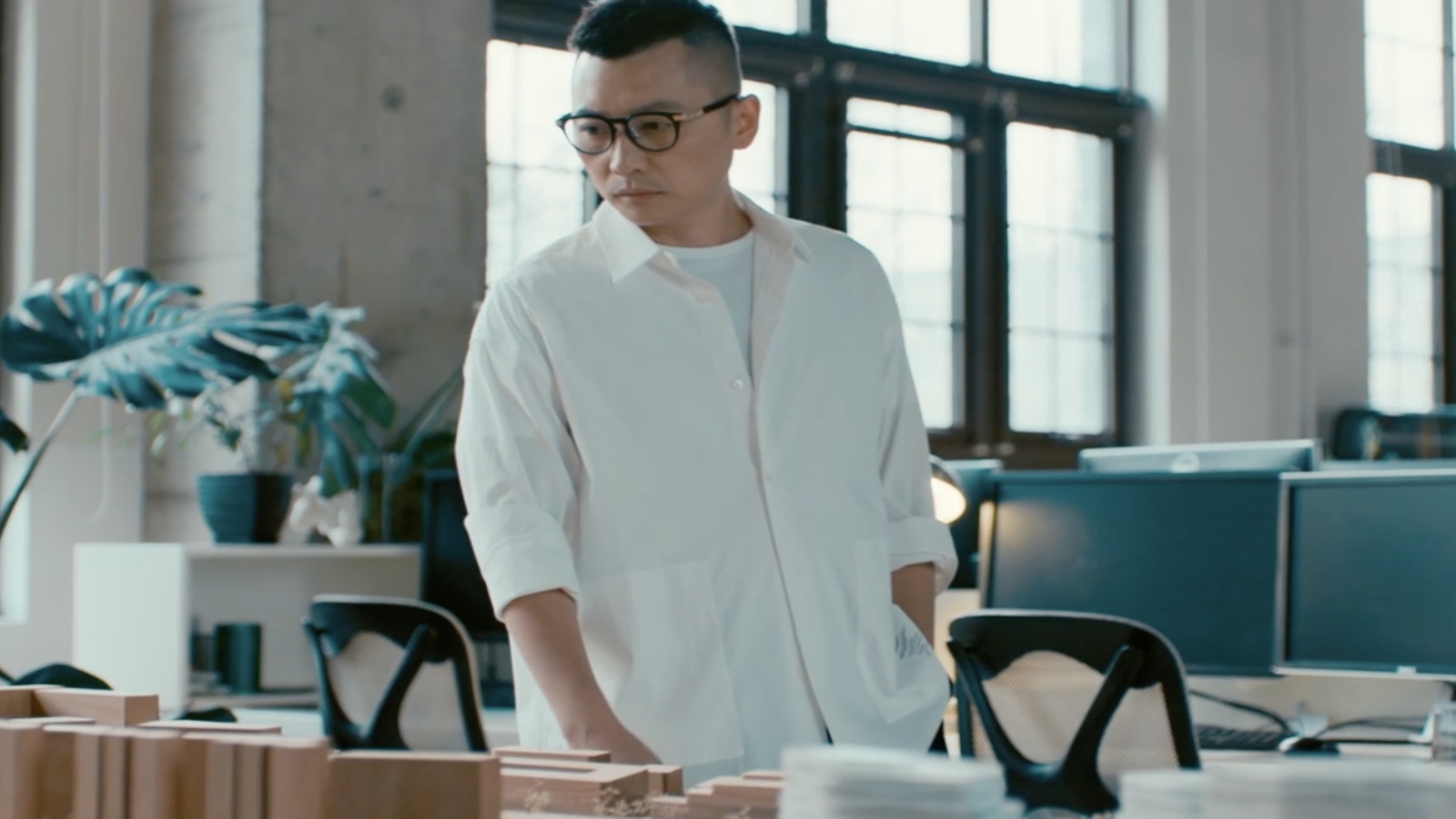
From the interiors of high-speed trains to residential blueprints for private clients, Liu Haowei's work has a visual and spiritual impact on the city. His work has won international recognition and acclaim at industry ceremonies.
"When I was young, I liked to read science fiction. Jules Verne had a famous saying, 'Anything one man can imagine, other men can make real.' Architects can realize people's fantasies and create the future," said Liu Haowei.
In 2020, Liu and his Architecture Firm, CAA reached a milestone in his career when their design won the interior special prize at the Prix Versailles, awarded by the United Nations Educational, Scientific and Cultural Organization (UNESCO).
"The restaurant we designed is just at the core of the whole space in the best location with a terrace. We think its shape should be relatively soft, because this softness can form a contrast with the whole hearty design language," said Liu.
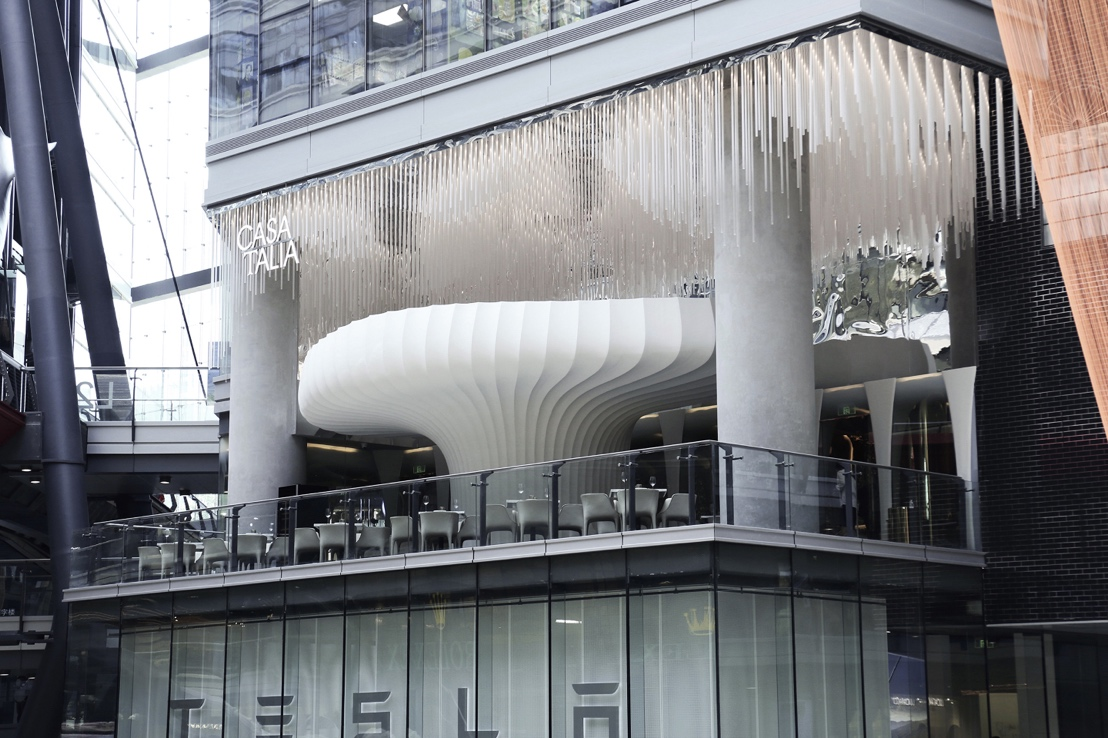
The restaurant in Beijing that Liu Haowei designed won the interior special prize of the Prix Versailles, awarded by UNESCO and the International Union of Architects. /CAA Architects
The restaurant in Beijing that Liu Haowei designed won the interior special prize of the Prix Versailles, awarded by UNESCO and the International Union of Architects. /CAA Architects
Liu explained, "When building this space, we conceived such a space with a sense of skeleton. You feel that inside is a living thing. When you turn around and look at the metal wall, you will feel that your image is on the wall, which is like a kind of refraction in a virtual world, and then forms an artistic experience. I have a communion with space, with people, with all these objects and life in this."
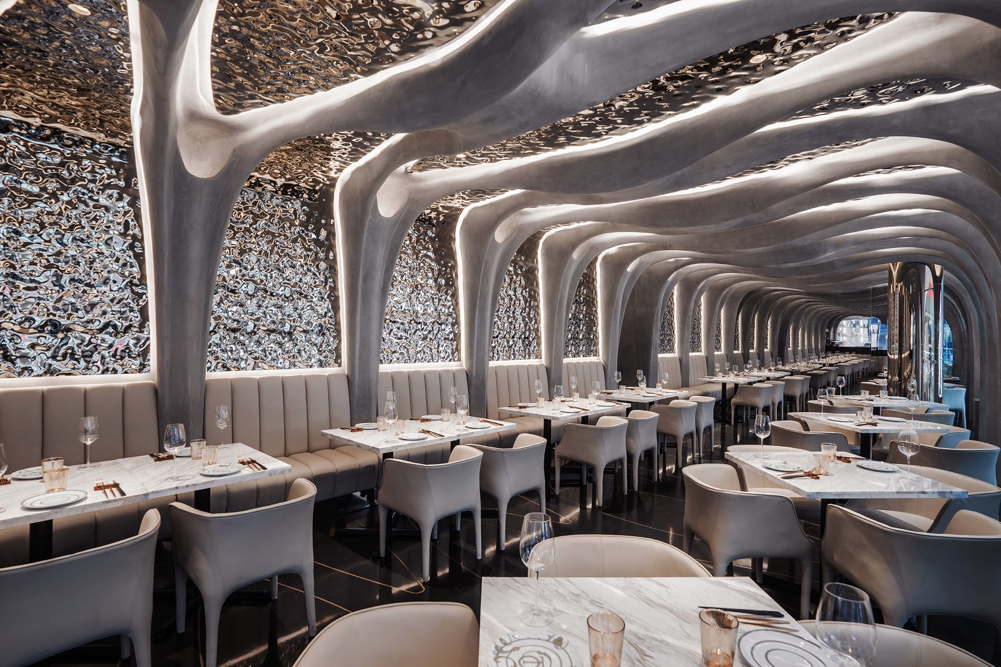
The restaurant that Liu Haowei designed won the interior special prize of the Prix Versailles, awarded by UNESCO and the International Union of Architects. /CAA Architects
The restaurant that Liu Haowei designed won the interior special prize of the Prix Versailles, awarded by UNESCO and the International Union of Architects. /CAA Architects
"Let it be more abstract. Whether it's design or art, what you read, in fact, is actually what you think in your heart. I think this is the best value that art brings to everyone," Liu said. "In terms of culture, the education I've received in architecture or design has been a Western-based system. But, as a Chinese, a Chinese architect, how can you express a look different from the Western architects and have your own value? If you show that you have a unique understanding of Chinese culture, an artistic conception, you can gain respect and recognition from people around the world."
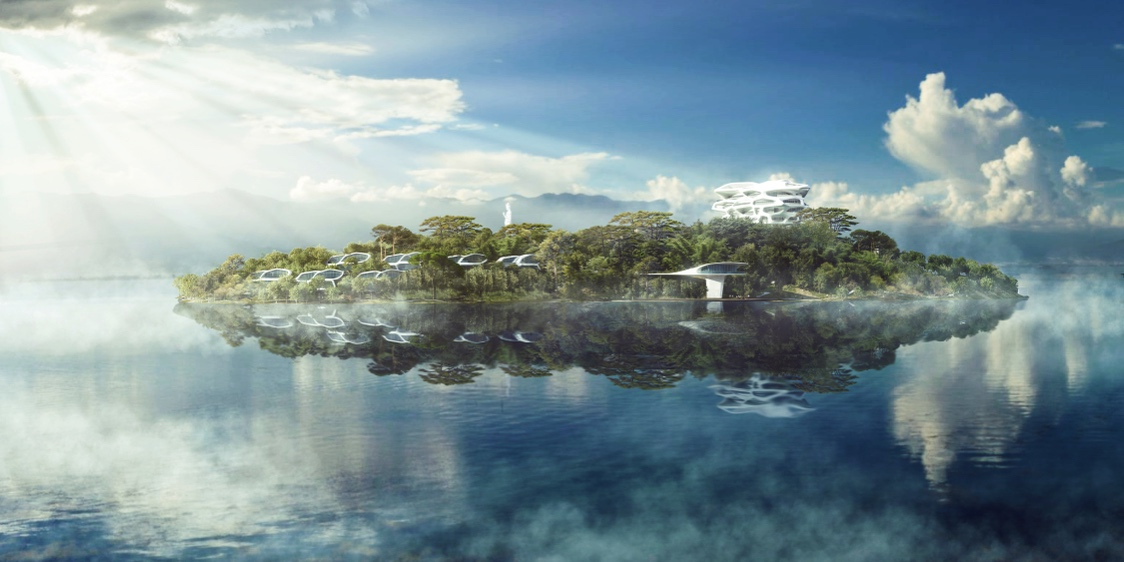
One of Liu Haowei's architecture projects. /CAA Architects
One of Liu Haowei's architecture projects. /CAA Architects
"Design for Tomorrow is the core of our design. I think it should be forward-looking, visionary, and sustainable for buildings and cities. When your drawings are completed, you should imagine that it will be 5 to 10 years after the completion of the building, so you must consider the future," said Liu.
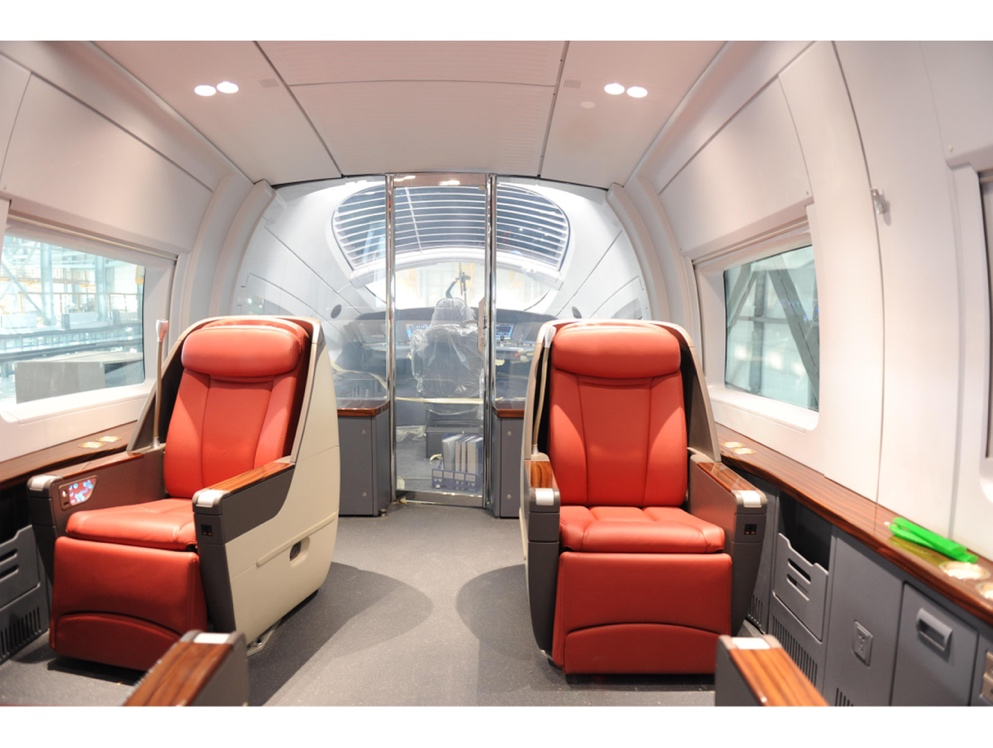
The interiors for the new generation train cabins of the Beijing-Shanghai high-speed railway that Liu Haowei designed. /CAA Architects
The interiors for the new generation train cabins of the Beijing-Shanghai high-speed railway that Liu Haowei designed. /CAA Architects
In 2009, Liu Haowei was entrusted by then Ministry of Railway to design the interiors for the new generation train cabins of the Beijing-Shanghai high-speed railway. This high-speed railway holds intellectual property rights in China. His design shows the perfect combination of functionality, foresight and artistry.
Liu said, "I call it a 'subtle and silent' design, from the seats to the shade of red that represents China."
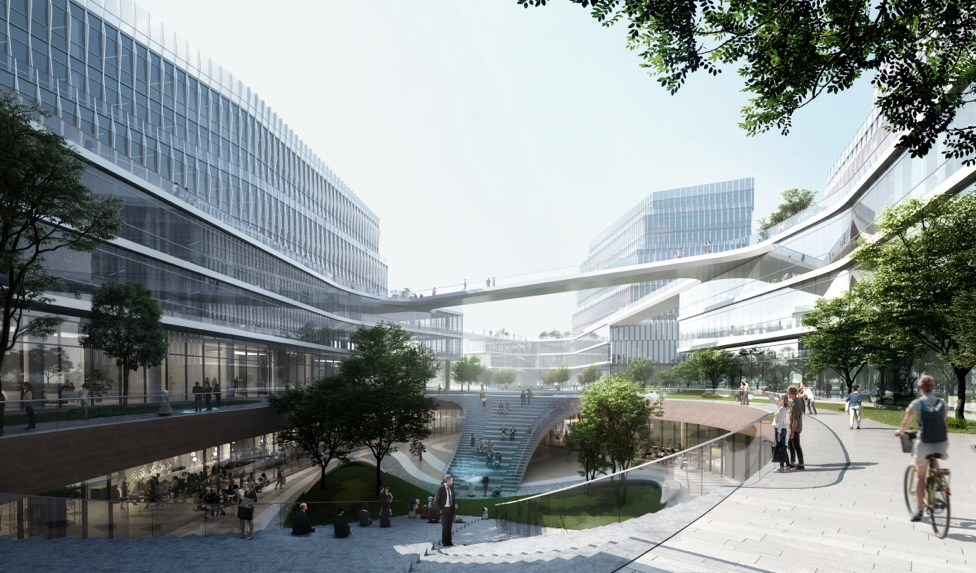
One of Liu Haowei's projects, West Mountain Innovation Valley - Beijing Collaborative Innovation Park. /CAA Architects
One of Liu Haowei's projects, West Mountain Innovation Valley - Beijing Collaborative Innovation Park. /CAA Architects
One of CAA's projects now under construction is West Mountain Innovation Valley – Beijing Collaborative Innovation Park. It was one of the winners in the World Architecture organization's Design Award category earlier this year.
"This is West Mountain Innovation Valley. We designed some ramps and connected it to the outdoor stairs. It felt like a continuous stream of water flowing down the mountain slowly from the broken line. Then there is another one like a courtyard, which surrounds the West Mountain," Liu said.
The undulating and overlapping Xishan Mountain and its unique natural resource advantages gave Liu and his architecture firm inspiration for the whole project. They integrated landscape culture with traditional Chinese courtyards. In this park, innovative science and technology research and development enterprises will be attracted to settle in.
Liu's architectural design career spans nearly 20 years. The biggest motivation that drives him to do these things in his heart is to create his ideal future world. "The illusions of the past of mankind have made us what we are today, and these illusions of our present will certainly become the reality of our future," he said.